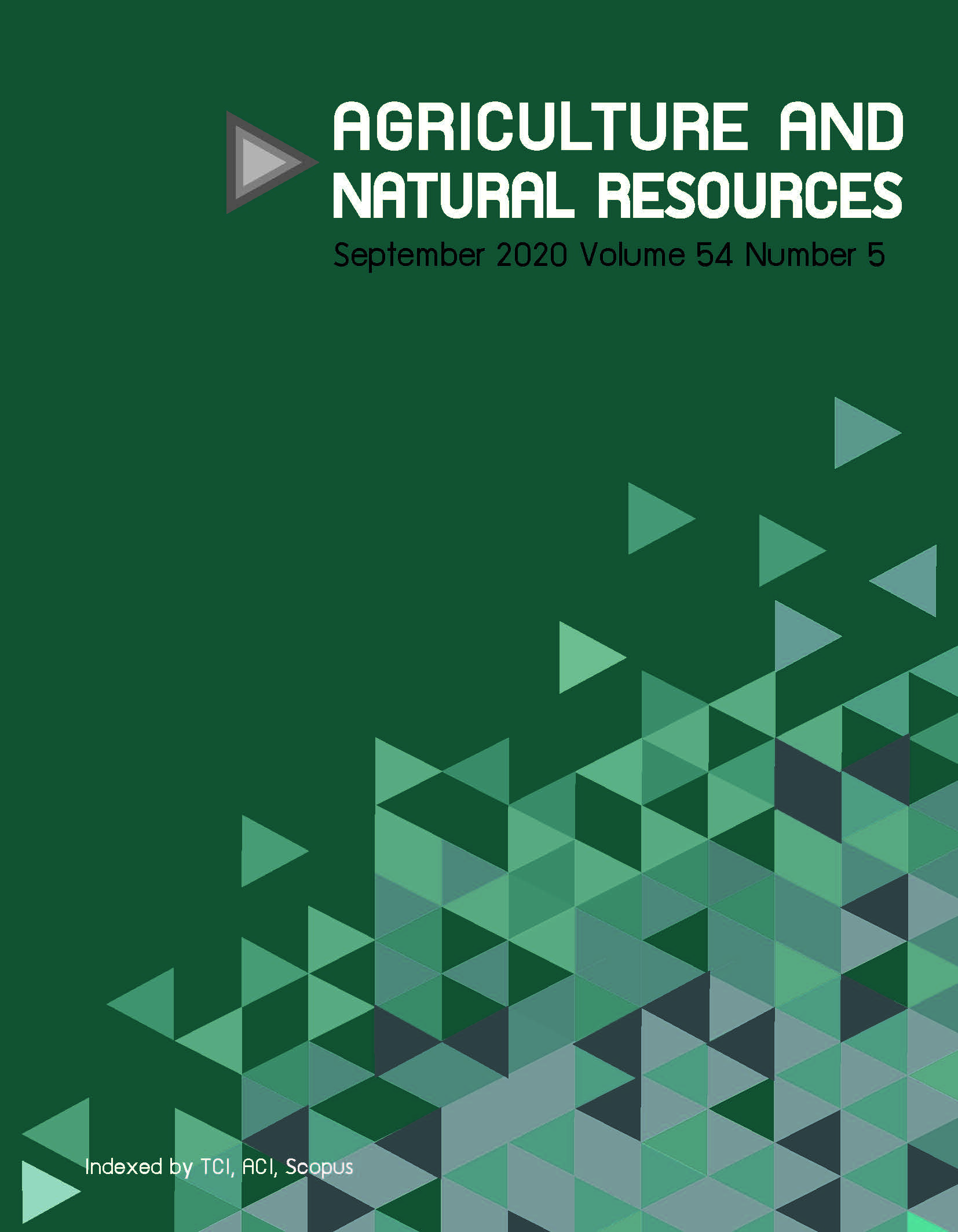Genetic parameters for proportion of piglet loss at birth in a Landrace population
Keywords:
Genetic, Loss, Piglet, Productivity, SowAbstract
The pedigree and reproductive performance of 1,160 Landrace sows (6,673 records) farrowed between March 2010 and January 2019 were used to estimate genetic parameters for the proportion of piglet loss at birth (PL), number of total born piglets (TB) and litter birth weight (LBW) and to compare the genetic ability of sows with and without piglet loss for lifetime production under a tropical environment. Covariances and variance components were estimated using the average information restricted maximum likelihood algorithm with a multiple trait repeatability animal model. Year-season at farrowing, parity and age at first farrowing of sows were considered as fixed effects whereas animal, permanent environment and residual were random effects. Sows were classified based on the presence of dead piglets at birth (sows without piglet loss and sows with piglet loss). Landrace sows lost their piglets at birth at 10.98% of the TB (11.85 piglets). Heritability (0.03 ± 0.01) and repeatability (0.05 ± 0.01) for PL were low. Genetic correlation between PL and LBW was high and negative (-0.73 ± 0.18). Sows without piglet loss had greater genetic abilities for PL, TB and LBW than sows with piglet loss (p < 0.01). These results implied that highly accurate genetic information, a large number of repeated records, importing genetic resource and unifying farm management are needed to reduce piglet loss at birth. Improving genetic ability to reduce PL might increase LBW. With higher genetic ability, sows without piglet loss should be a potential resource for breeding stock.
Downloads
Published
How to Cite
Issue
Section
License

This work is licensed under a Creative Commons Attribution-NonCommercial-NoDerivatives 4.0 International License.
online 2452-316X print 2468-1458/Copyright © 2022. This is an open access article under the CC BY-NC-ND license (http://creativecommons.org/licenses/by-nc-nd/4.0/),
production and hosting by Kasetsart University of Research and Development Institute on behalf of Kasetsart University.







